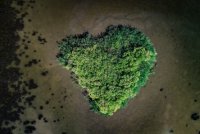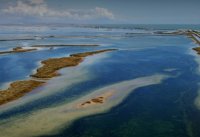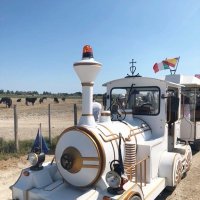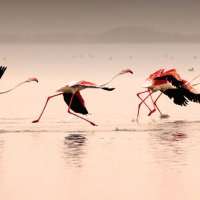
The Camargue
Experience the fantastic feeling of space that a protected area offers. Unspoilt land, dry or wet plains, pine groves, ponds, prairies, sansouires, paddy fields, vines ... every walk is a new discovery

Origins
The vast plain of the Camargue was formed by alluvia left by the various branches of the Rhône, which, over the centuries, have changed bed several times. The damming of the large and small Rhône has made the Camargue into a perfect island bordered to the north by Arles and to the south by the Mediterranean, to the east by the large Rhône and its estuary and to the west by the small Rhône that runs into the sea at Saintes Maries.
Countryside
The marine dunes, despite a very arid appearance, hold a reserve of fresh water that allows rich and colorful flora to grow. The lagoons and shallow brackish ponds have many links between them and used to have ones with the sea via the "graus"(estuaries). The grasslands are much sought after by breeders and contribute to the quality of the Camargue landscape with narcissi in witer, daisies in spring, sea lavender in summer ... The marshes, which are supplied with fresh water or water that has a low salt content by a network of "channels" are often of major ornithological interest (ducks and shorebirds in winter, herons and passeriformes in spring)







